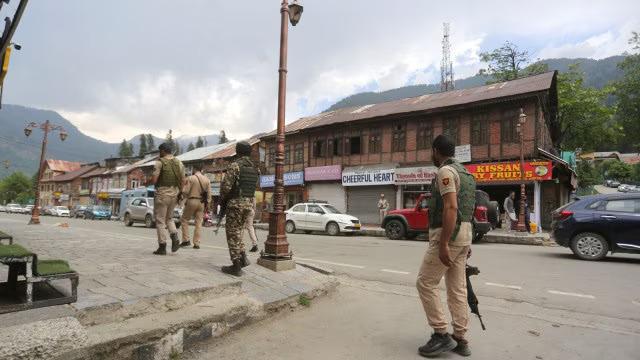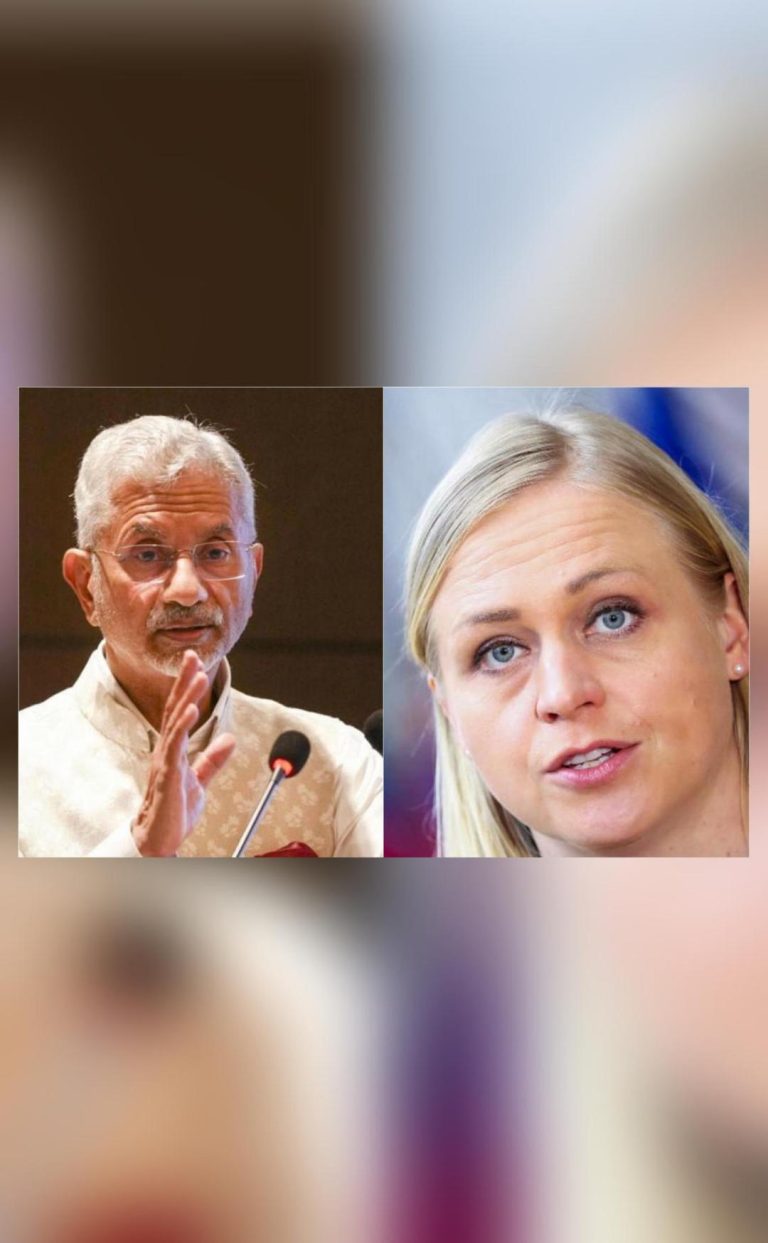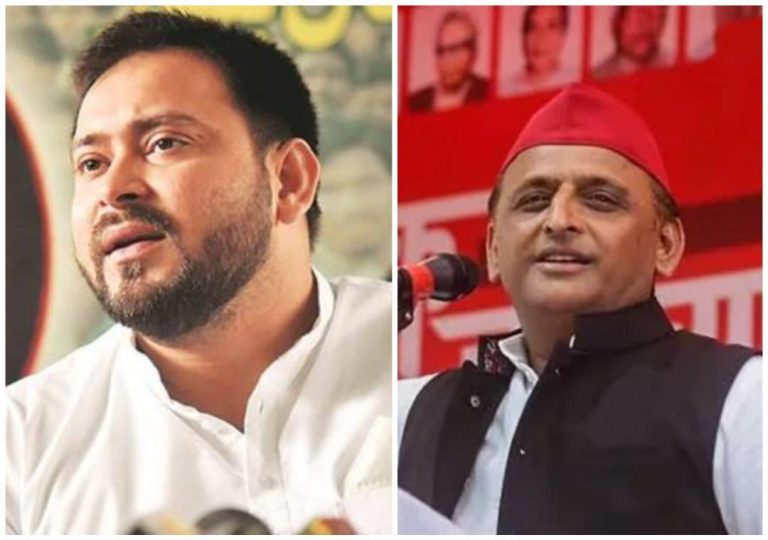
All 3 Pahalgam terrorists different from those whose sketches J&K Police had released: Report
The investigation into the recent Pahalgam terrorist attack has taken a new turn, with reports emerging that the three terrorists involved in the incident are different from those whose sketches were released by the Jammu and Kashmir Police. The Indian Express reported that the pictures released by the police were based on a photo found on the phone of JR Bhat, a co-accused in the Z-Morh tunnel terrorist attack.
For those who may not be aware, the Pahalgam terrorist attack occurred on August 8, when three terrorists stormed a tourist resort in the scenic town of Pahalgam, killing three people, including a police officer, and injuring several others. The attack sent shockwaves across the country, with many condemning the brutal act of terrorism.
In the aftermath of the attack, the Jammu and Kashmir Police released sketches of the three terrorists, which were widely circulated in the media and on social media. However, according to reports, the police have now concluded that the terrorists whose sketches were released are not the same individuals who carried out the attack.
The report suggests that one of the attackers is Suleiman Shah, who was involved in the Z-Morh tunnel terrorist attack. JR Bhat, the co-accused in the Z-Morh tunnel attack, was killed in a gunfight with security forces. From Bhat’s phone, the police reportedly obtained a picture of him with three other militants, which they used to create the sketches.
The revelation that the terrorists whose sketches were released are not the same as those involved in the Pahalgam attack has raised questions about the effectiveness of the police’s investigation and the accuracy of the information they released to the public. The National Investigation Agency (NIA) is also probing the Pahalgam attack, and it is unclear what role the agency may have played in the investigation and the release of the sketches.
The Pahalgam terrorist attack was a stark reminder of the ongoing threat posed by terrorism in the region. The attack was widely condemned by politicians and citizens alike, with many calling for greater action to be taken to prevent such incidents from occurring in the future.
In the wake of the attack, the Jammu and Kashmir Police have increased security measures in the region, including deploying additional troops and setting up checkpoints. The police have also launched a manhunt for the terrorists involved in the attack, and have appealed to the public for any information that may help them track down the perpetrators.
The Pahalgam terrorist attack has also raised concerns about the role of Pakistan in supporting terrorism in the region. The Z-Morh tunnel attack, in which JR Bhat was involved, was also linked to Pakistan-based militants. The involvement of Pakistani-backed terrorists in the Pahalgam attack has led many to accuse Pakistan of supporting terrorism in the region.
The Indian government has long accused Pakistan of supporting terrorism in the region, and has called on Pakistan to take action to prevent such incidents from occurring in the future. Pakistan has denied any involvement in the Pahalgam attack, but the Indian government has insisted that there is evidence linking Pakistani-backed militants to the incident.
In conclusion, the revelation that the terrorists whose sketches were released are not the same as those involved in the Pahalgam attack is a significant development in the investigation. The incident highlights the ongoing threat posed by terrorism in the region, and the need for greater action to be taken to prevent such incidents from occurring in the future. The Indian government must continue to work with the Jammu and Kashmir Police and other agencies to track down the perpetrators of the Pahalgam attack and bring them to justice.






